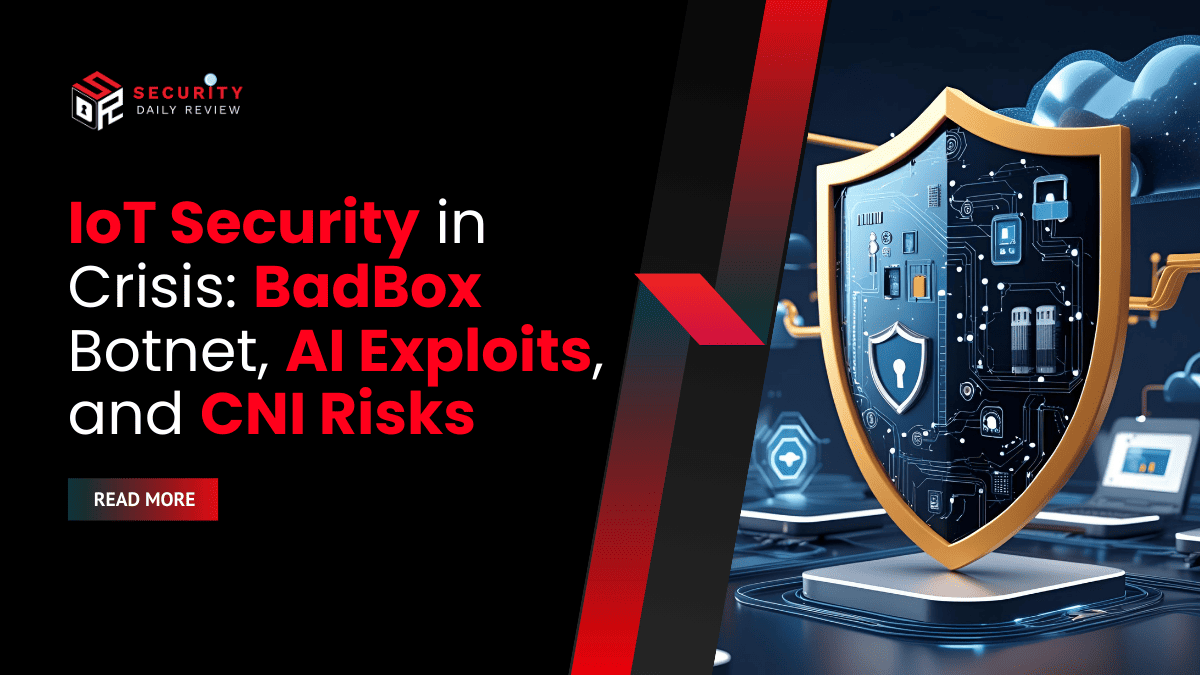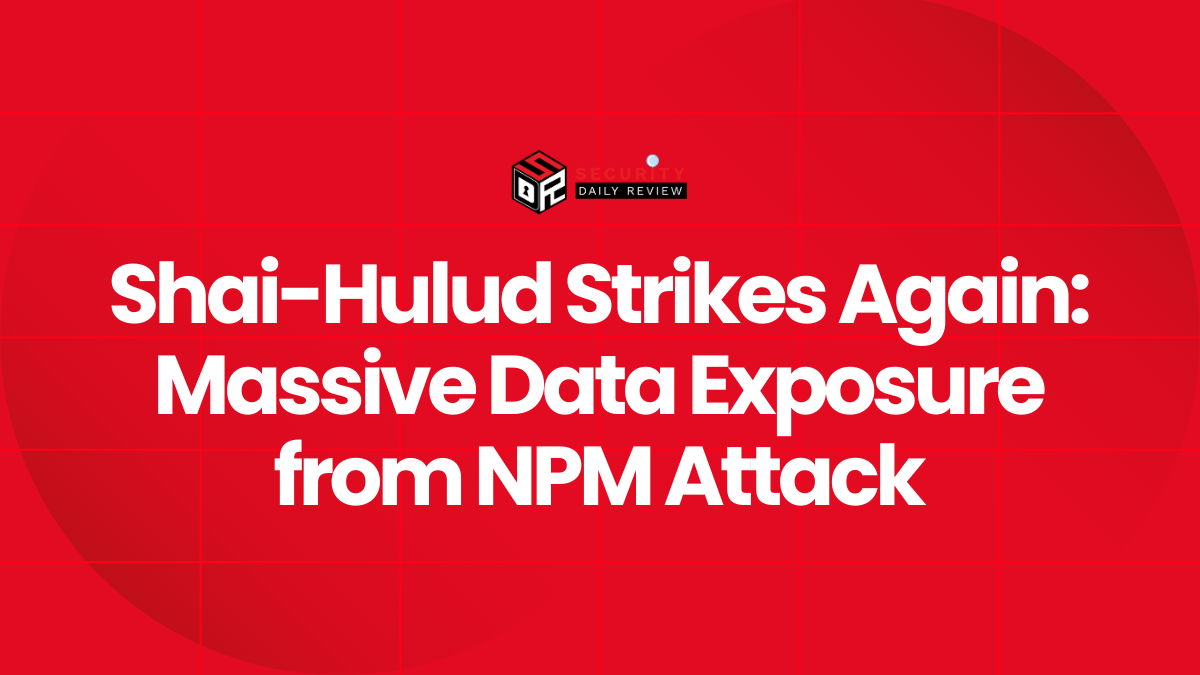The convergence of emerging technologies, legacy systems, and unchecked device proliferation is creating a perfect storm in the realm of Internet of Things (IoT) security. From orchestrated attacks on critical national infrastructure (CNI) to the discovery of massive botnets composed of compromised smart home devices, the cybersecurity landscape in 2025 underscores a clear and urgent truth: IoT security threats are escalating rapidly, and existing protections are not keeping pace.
Critical Infrastructure is Now a Prime Target for IoT Exploitation
The UK government’s June 2025 launch of a new Cyber Security and Resilience Bill, backed by over £1 billion in funding, signals an intensified national focus on defending CNI sectors such as healthcare, energy, water, and transportation. As these sectors digitize rapidly, they also inherit a widening array of vulnerabilities—many of them buried in outdated operational technology (OT) and insecure IoT devices.
According to a government report, nearly two-thirds of UK energy and water providers faced cyberattacks in 2024, with many rooted in aging infrastructure that can’t be patched or upgraded without risking service disruption. Specifically, poorly secured Internet-connected devices—ranging from HVAC systems in data centers to IP surveillance cameras in hospitals—represent attractive entry points for threat actors.To address this, the “Secure by Design” and “Secure by Operations” strategies are being promoted. These include:
- Deploying AI and machine learning for predictive defense
- Enhancing protocol-specific anomaly detection
- Mandating human oversight in critical systems
- Bolstering collaboration between public bodies and private-sector cybersecurity providers
The National Cyber Security Centre (NCSC) has also emphasized the need for shared threat intelligence and cross-organization cooperation to fortify cyber resilience efforts at scale.
The BadBox Botnet Exposes the Dangers of Unregulated Consumer IoT Devices
Perhaps the starkest example of unchecked IoT vulnerabilities is the BadBox 2.0 botnet, revealed in late July 2025. This botnet, comprising more than 10 million Android-based IoT devices—including smart TVs, projectors, and even digital picture frames—became the largest known residential proxy operation to date.’
Google, working with Human Security and Trend Micro, discovered that many compromised devices were low-cost, uncertified units manufactured overseas and pre-installed with malware. Others were infected during app downloads. Once compromised, the devices allowed cybercriminals to:
- Initiate ad fraud and click fraud campaigns
- Create and manage fake accounts for social engineering attacks
- Facilitate distributed denial-of-service (DDoS) operations
- Engage in password harvesting and broader reconnaissance
The attacker infrastructure used these hijacked devices to blend into consumer network traffic, making detection and mitigation far more difficult. Google has since bolstered Play Protect mechanisms but is also pursuing a legal strategy in a New York federal court to dismantle BadBox capabilities.This attack highlights the critical importance of purchasing certified devices, prioritizing secure firmware, and maintaining regular updates—even in the consumer space.
Smart Defenses Expand, But AI Remains a Double-Edged Sword
AI continues to transform the cybersecurity battlefield. At events like Black Hat and DEF CON 2025, the intersection between artificial intelligence and security was on full display, with both defensive innovations and offensive concerns receiving attention.
Cybersecurity companies showcased tools such as Microsoft’s new AI malware detector and Trend Micro’s “digital twin” systems that simulate enterprise conditions to detect threats. However, many experts fear that cybercriminals have already begun exploiting open-source large language models (LLMs) for reconnaissance, vulnerability detection, and even automated malware engineering.According to the August 12 Axios cybersecurity newsletter, disagreements persist within the community:
- Optimists believe defensive AI tools can outpace attackers if properly trained and integrated into SOC workflows.
- Pessimists argue that generative AI and easily jailbroken models, like OpenAI’s GPT-5, significantly shift the advantage toward attackers by democratizing offensive capabilities.
The U.S. government has begun responding with grassroots initiatives such as the DEF CON Franklin project, which targets cybersecurity improvements in vulnerable public utilities—especially water systems often constrained by budget and legacy technology.
Data Centers and Utilities Are Becoming IoT-Driven Attack Surfaces
The August 7 article from TechRadar Pro raises concerns about data centers’ growing reliance on IoT devices—used for functions like climate control, surveillance, and access control. These non-traditional IT assets are commonly overlooked in cyber defense planning but represent high-risk vectors.Current best practices recommended for securing these environments include:
- Achieving full real-time visibility into IoT/OT assets
- Utilizing continuous behavior monitoring to detect anomalies
- Enforcing strict access segmentation and physical security audits
Similarly, utility companies in the U.S. recorded a 70% surge in cyberattacks in 2024, with attackers exploiting the proliferation of connected devices within the power grid. Despite no nationally catastrophic incidents yet, energy experts remain on high alert, especially with increasing connections from AI-hungry data centers and looming geopolitical events like the U.S. presidential election.
The Path Forward Requires Secure Hardware, Strong Collaboration, and Intelligent Monitoring
As the Internet of Things continues to expand across consumer, enterprise, and industrial domains, cybersecurity defenses must evolve beyond legacy IT-centric protections. Governments are starting to act, but their efforts must be matched by strategic private sector initiatives focused on:
- Hardware certification and supply chain integrity
- AI-augmented security and continuous monitoring
- Integrated OT/IoT-specific security tools
- Public-private threat intelligence sharing
Given the widespread vulnerabilities in both critical infrastructure and everyday devices, investing in proactive protection is no longer optional. The lessons of 2025 so far make one reality clear: whether it’s a rogue smart TV or a compromised water treatment plant controller, unresolved IoT security threats present an existential risk to digital transformation efforts everywhere.









